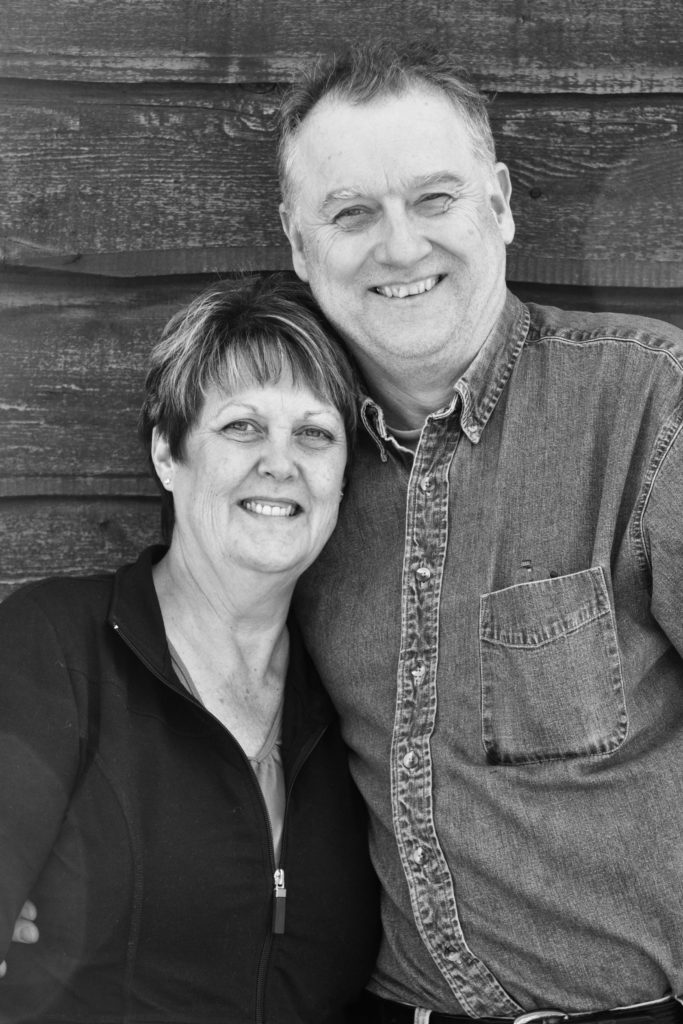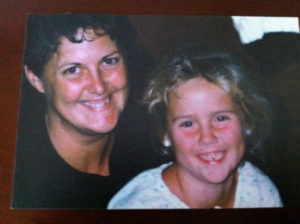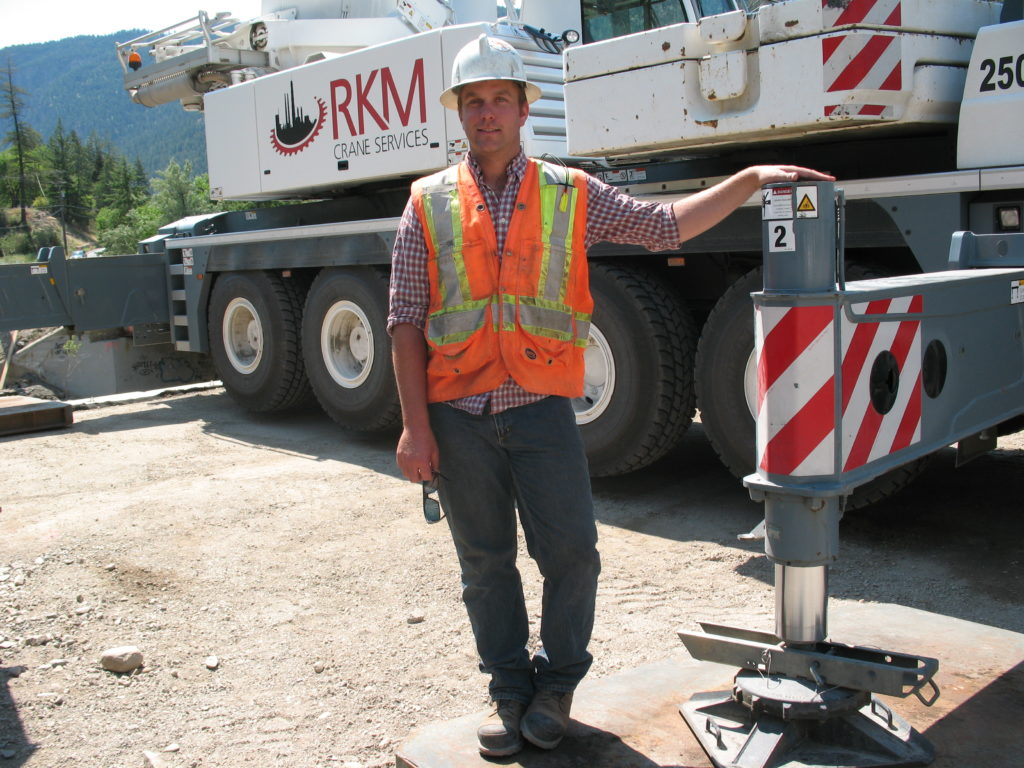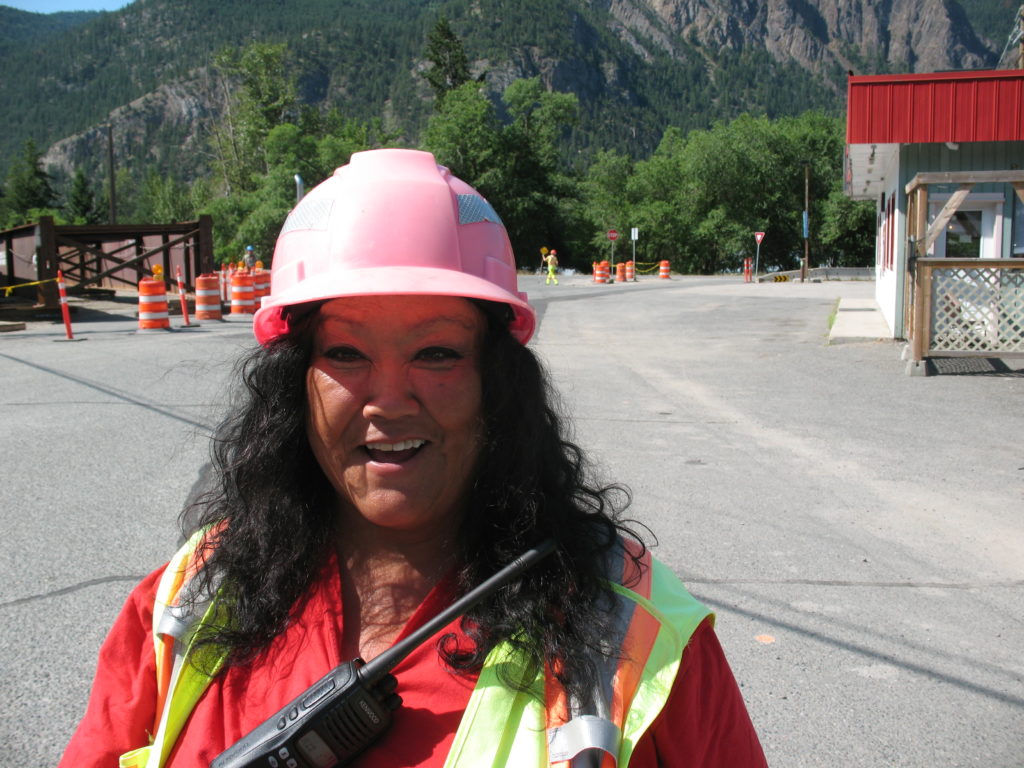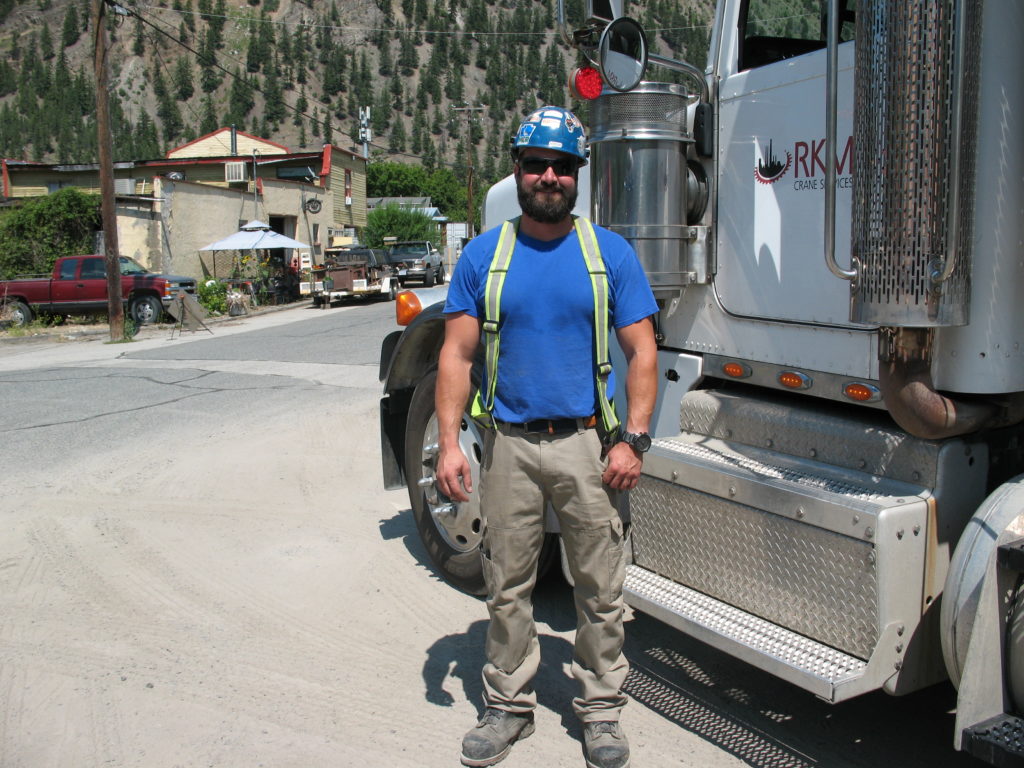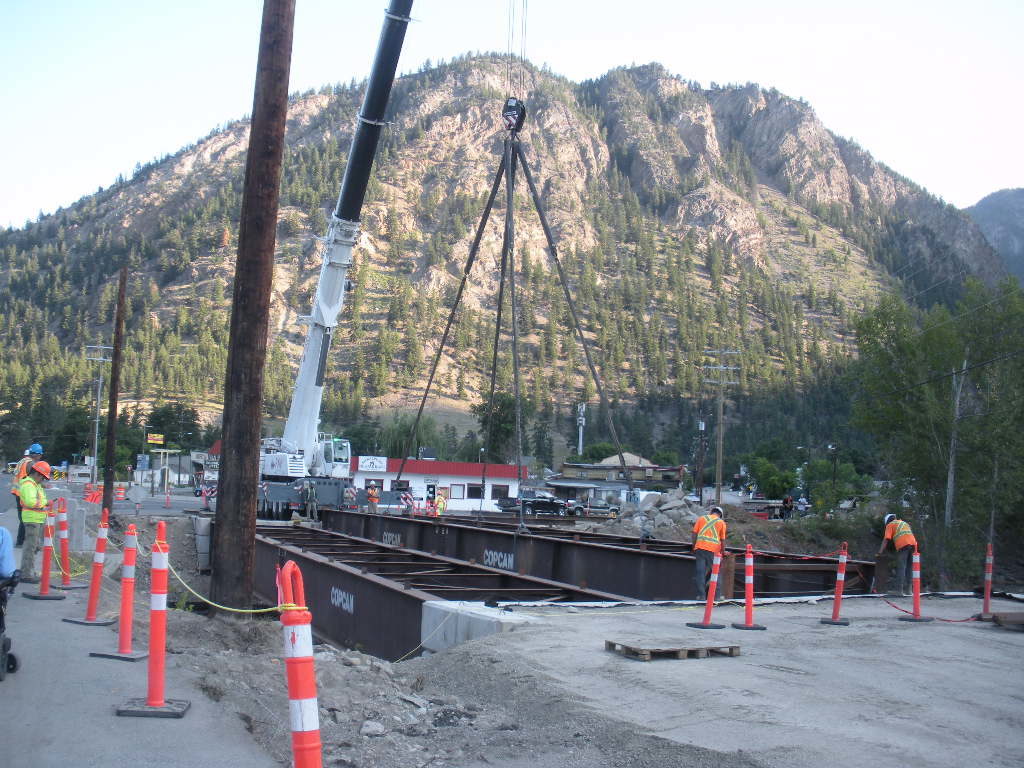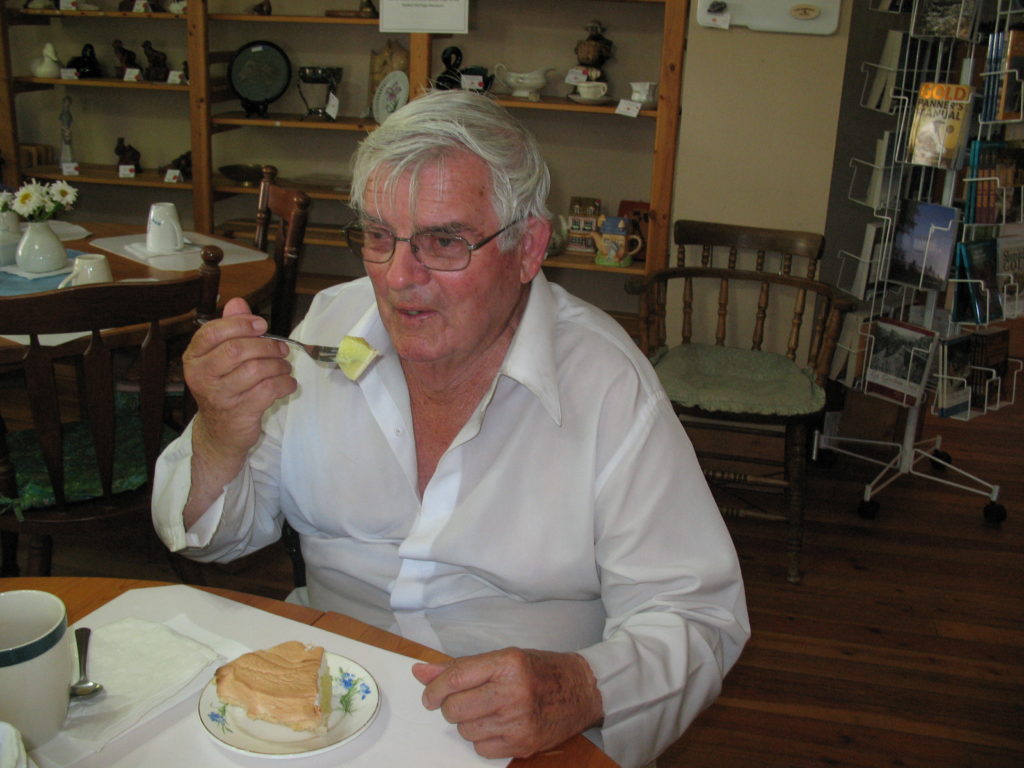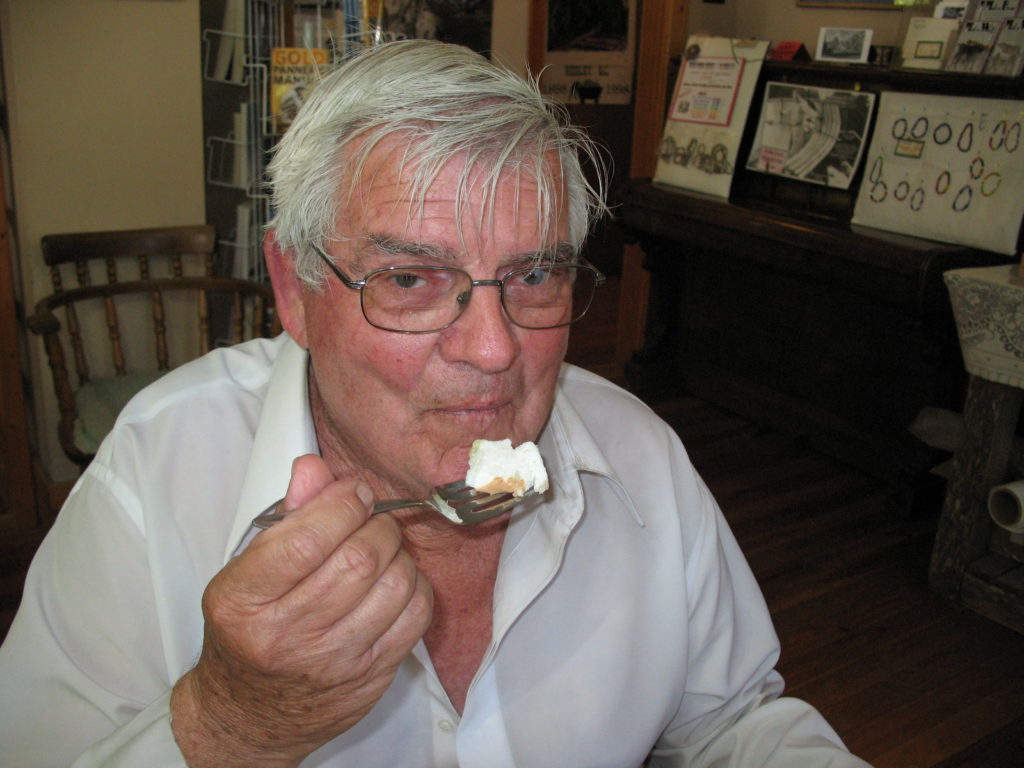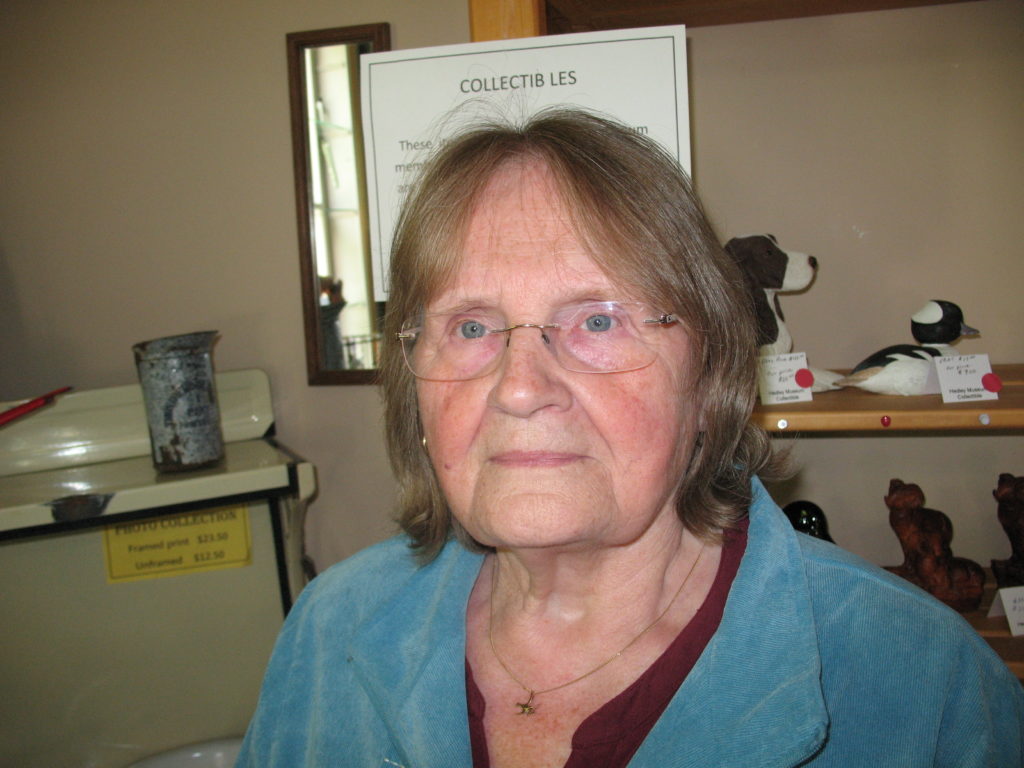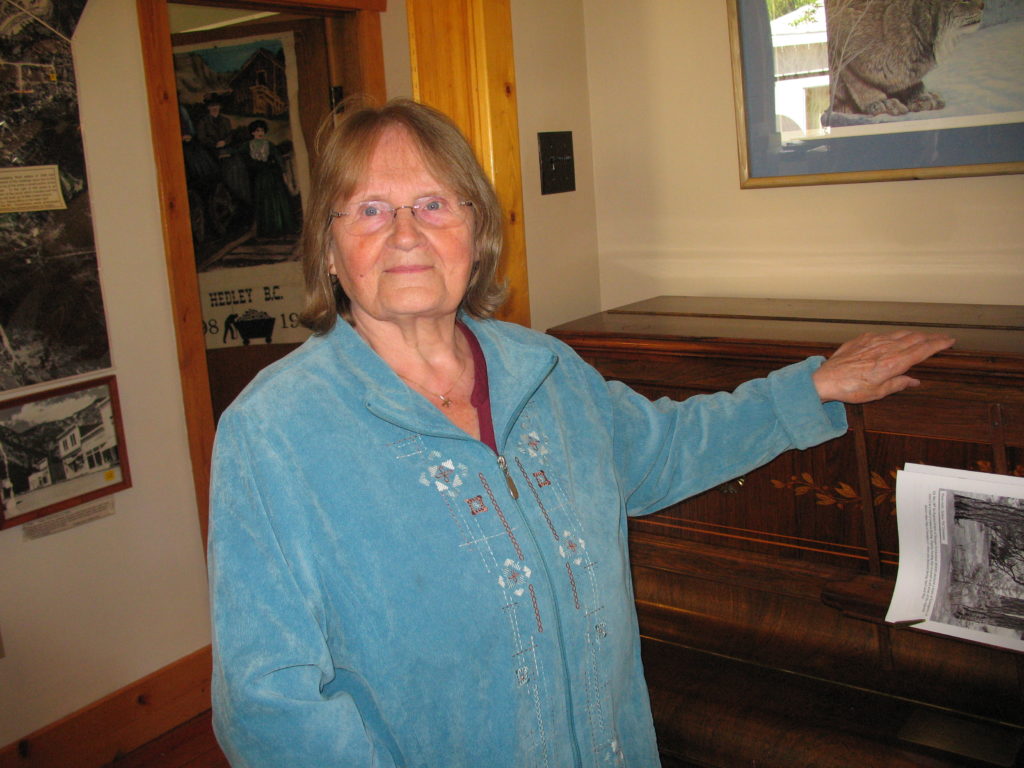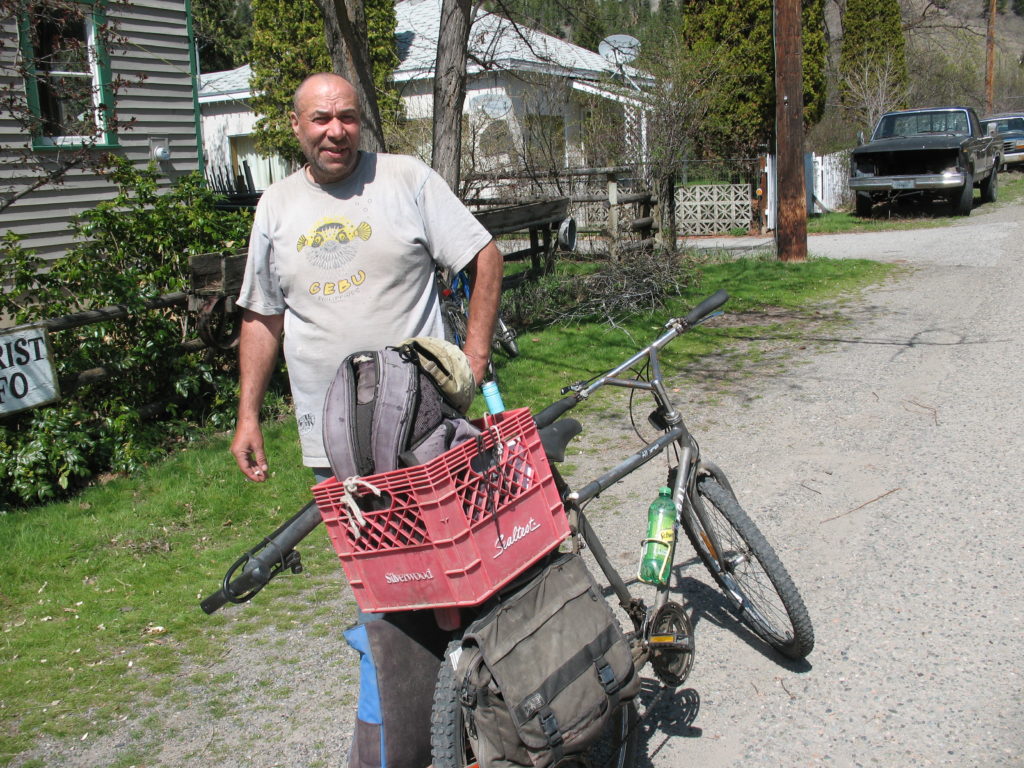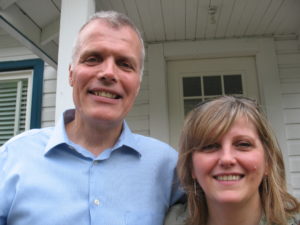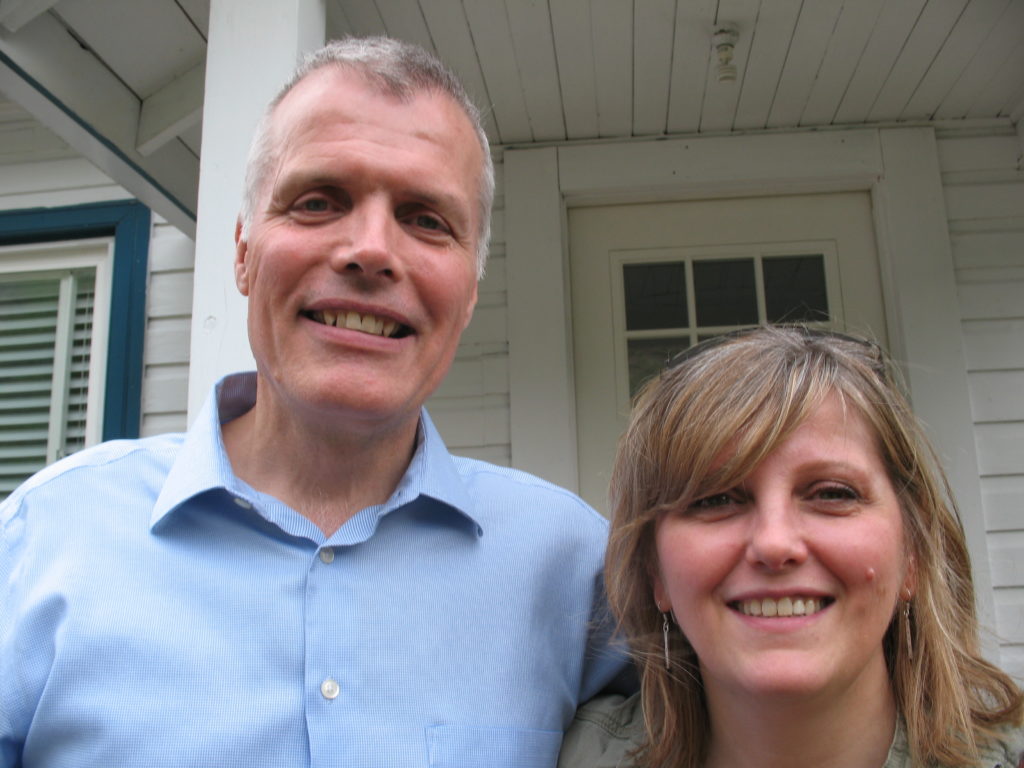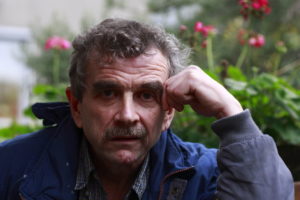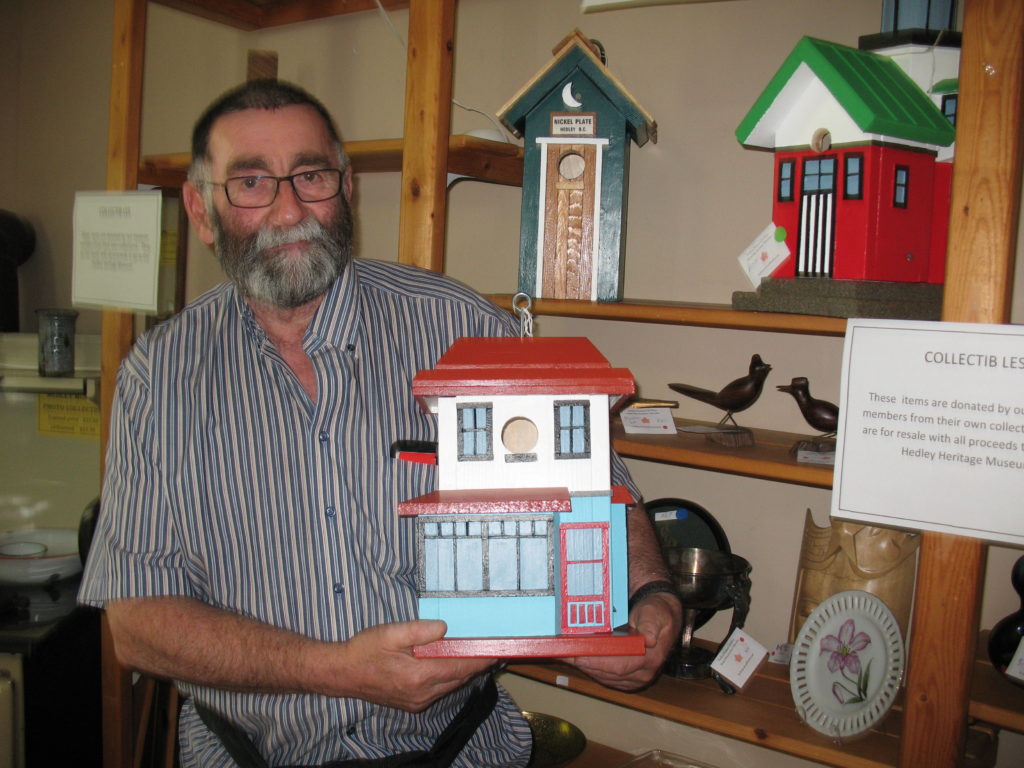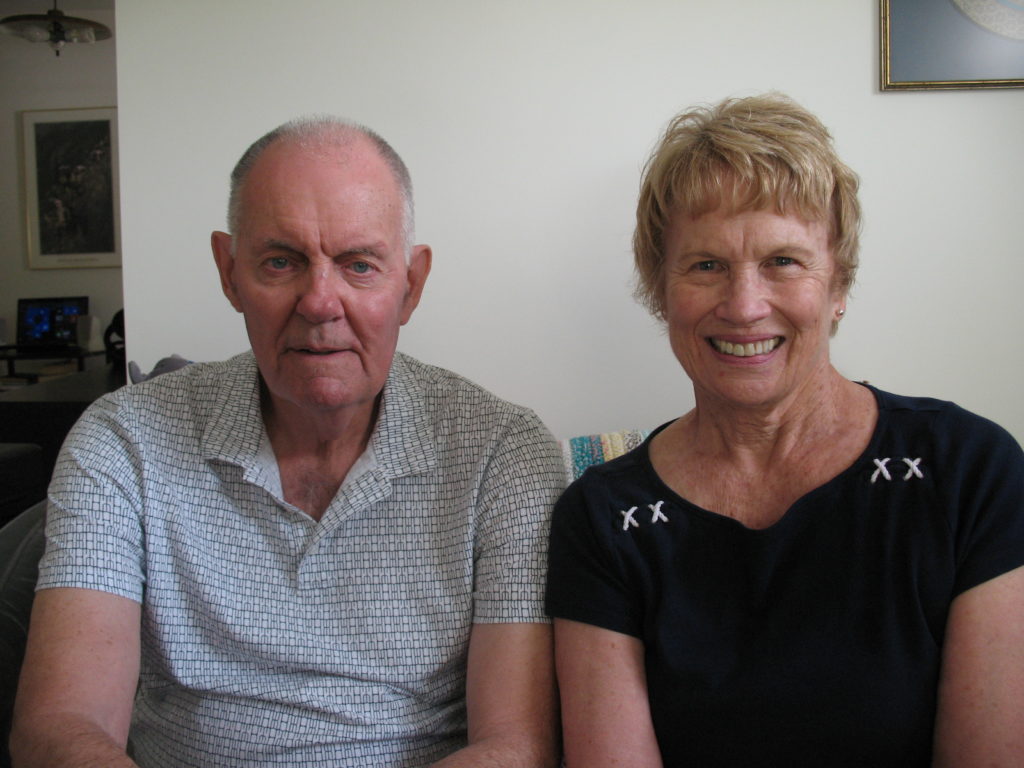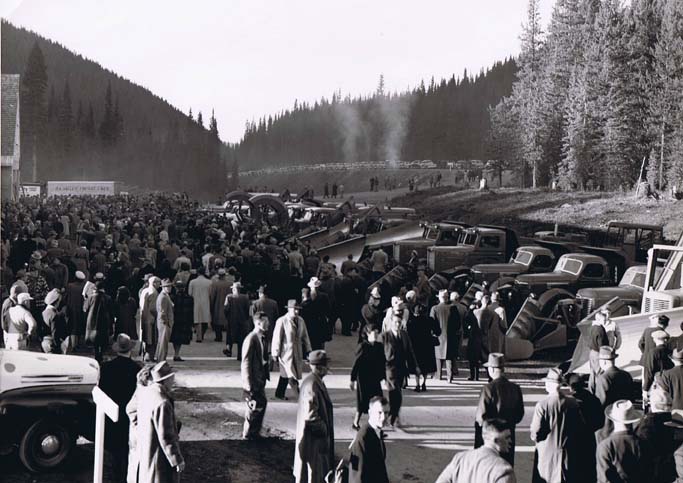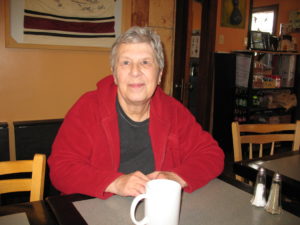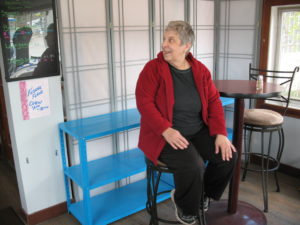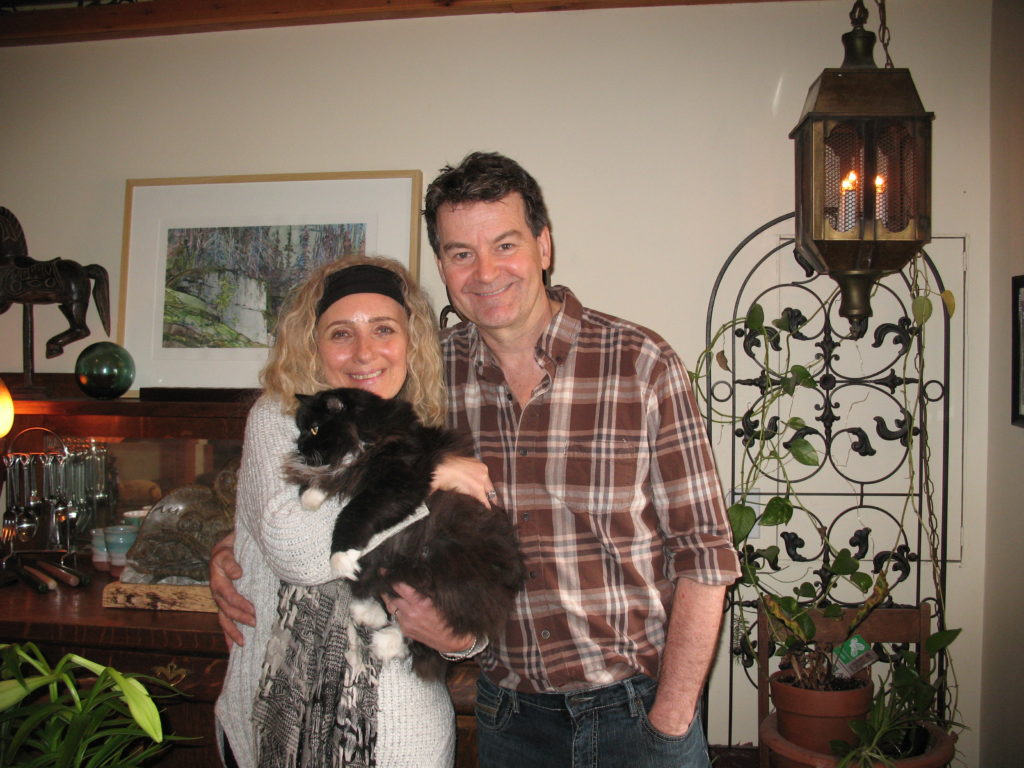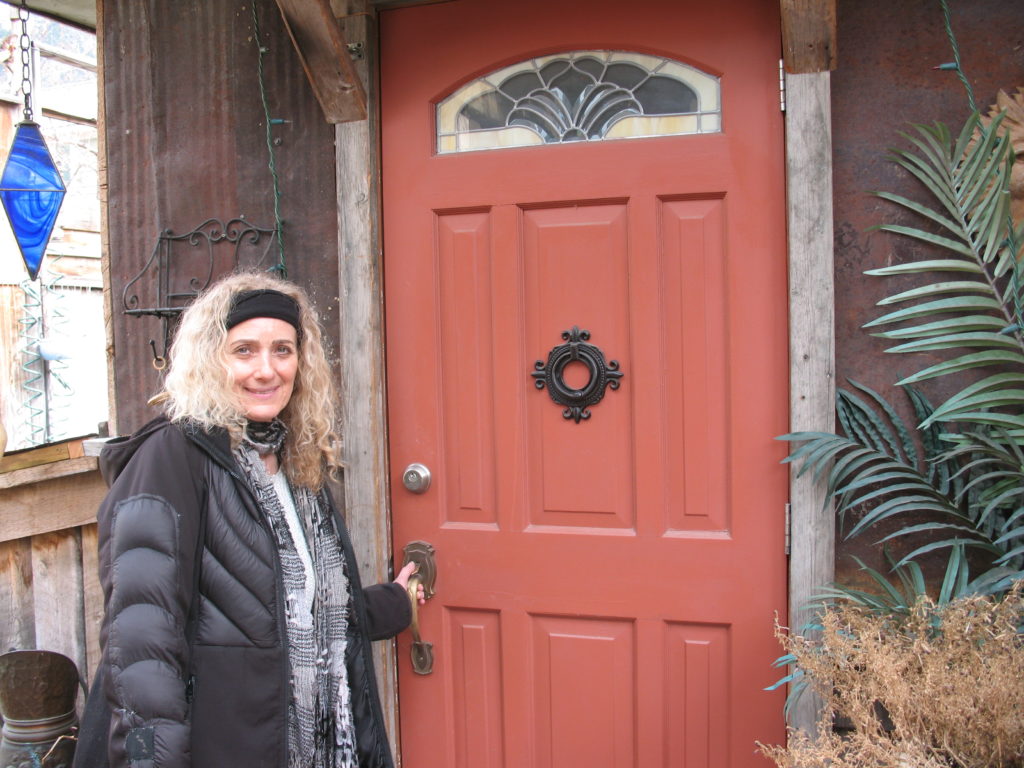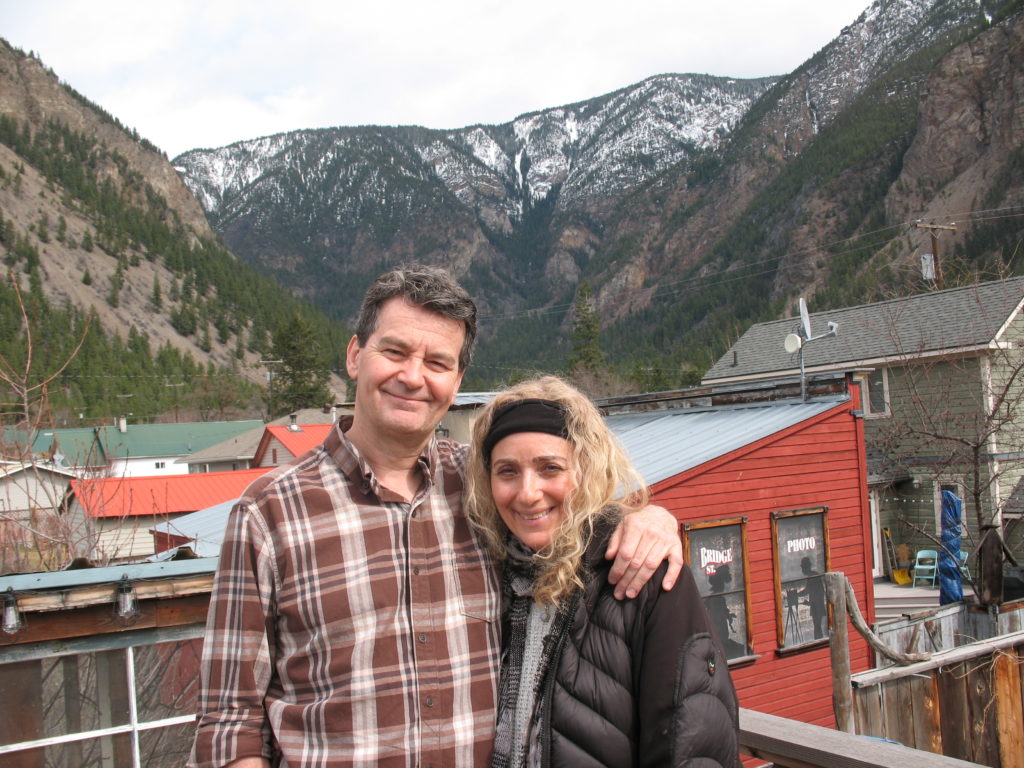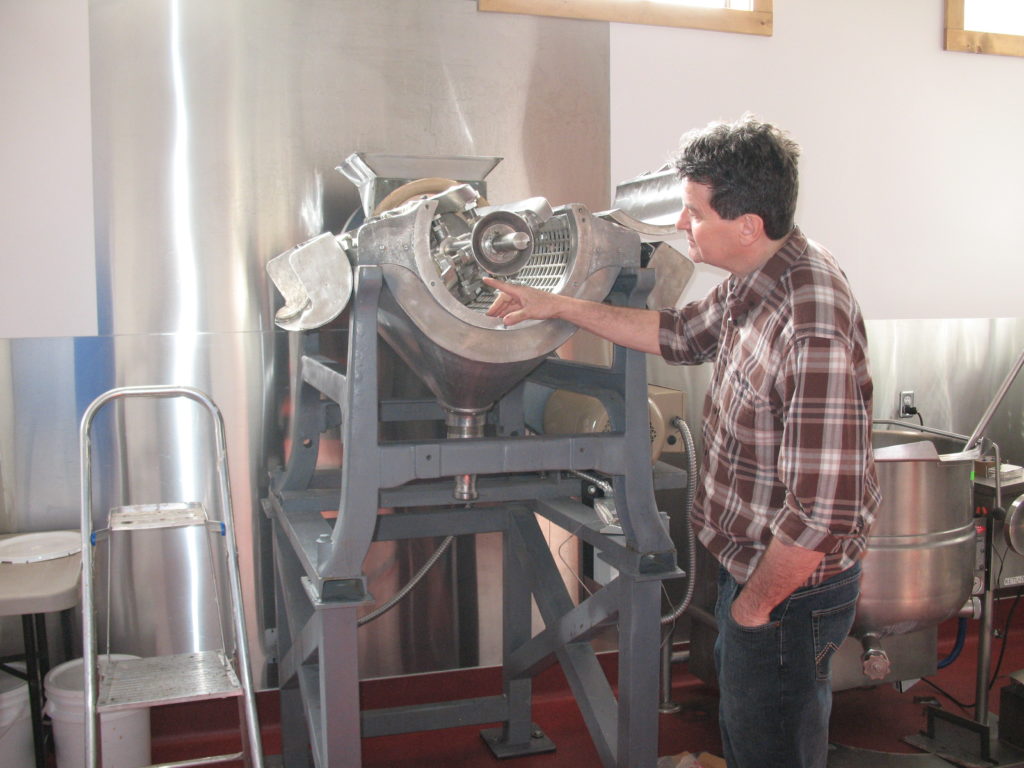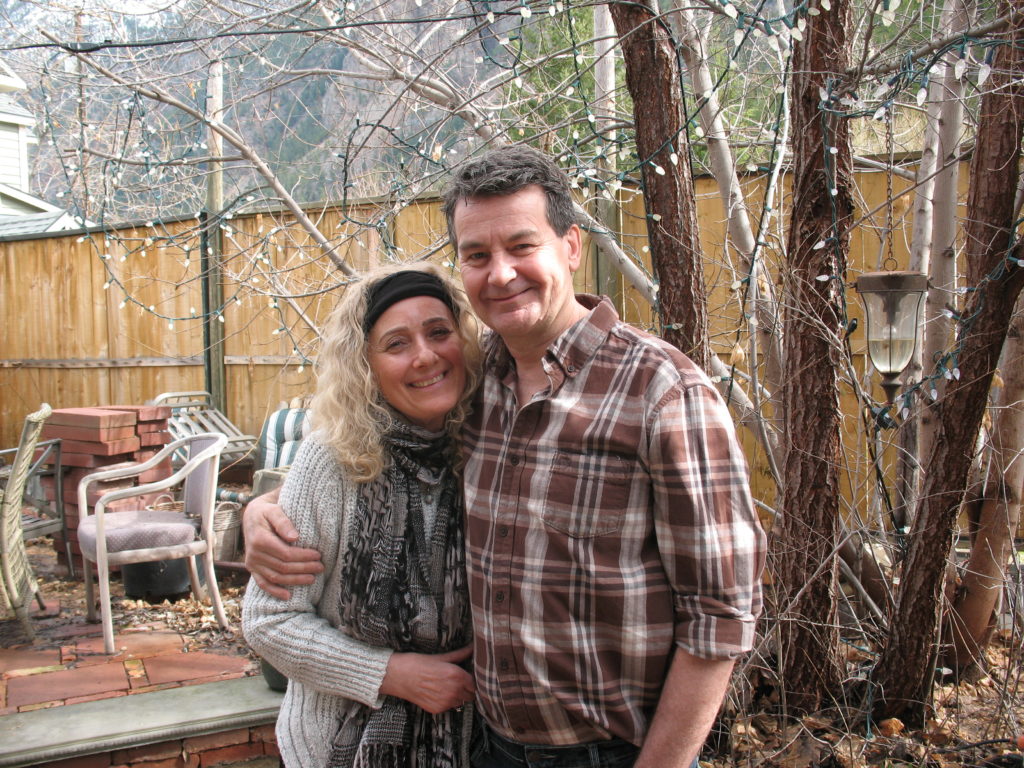
The e-mail from Trudy Beyak of Abbotsford five months ago almost stopped the beating of my heart. “Please pray for Mia and Liam, my two precious grandchildren,” she wrote. “They have been abducted from Abbotsford and are being held captive in the Middle East by their father. They have lived in Abbotsford with my daughter Shelley since Liam was 4 months. This is the only home these 2 beautiful children know.”
The International Child Abduction Guidebook states, “Every year, hundreds of Canadian children are wrongfully taken from Canada, or held in another country by abducting parents.” The U.S. State Department views parental abductions as a disturbing and growing issue. It estimates that annually approximately 1,000 children are abducted or wrongfully retained from the U.S.
Often the seeds of an abduction are sown quite innocently when a young woman is traveling or working abroad. A retired member of a Canadian embassy in Africa said, “We received numerous requests for help from women whose children had been abducted. We could do little for them. Canadian women are overly trusting in these situations. They have no understanding of how heartbreaking the future may be.”
Shelley Beyak was teaching English in Egypt and visited Beirut for a few days. In a bar, she was approached by Wissam. He was smart, well educated and persuasive. Trudy feels he targeted Shelley and charmed her. He told her he planned to emigrate to Canada. The romance blossomed and they were married in 2007. They had 2 children, Mia and Liam, and moved to Canada in 2010.
The marriage began to unravel and Wissam returned to Lebanon for about 18 months. He sent her a “Claim and Inmate” document, demanding she return to Lebanon and obey her husband. She declined, understanding that in Lebanon she would lose control of her life and her children.
Wissam returned to Canada and began a series of litigations against her. This drained her finances and when he applied to a judge for permission to obtain passports for the children, she had no further funds to hire a lawyer. In court, Wissam said “I have a home here and a job. I want my kids to grow up here. I plan to stay in Canada.”
Concerned he would remove the children to Lebanon, Shelley objected. In an interview with the Abbotsford News, she said, “I explained my concern and begged the judge not to grant the application. The judge raked me over the coals and granted Wissam permission to apply for passports and take the children abroad.”
It seems some judges have little comprehension of how prevalent child abduction has become. An American mother asked a judge not to allow her Lebanese husband to take their 3 children out of country. The 2 younger children said, “We’re scared daddy is going to take us to Lebanon, and we’ll never come back.”
Her pleas were dismissed and her children were abducted to Lebanon. When the U.S. Consulate did a welfare check on them recently, their Lebanese grandfather said the 2 girls, ages 13 and 14, were nearly old enough to be married. This opinion is indicative of the disturbing circumstances that may engulf abducted children.
Retrieving children from Lebanon is particularly difficult because the government has not signed the Hague Convention. Also, Lebanon doesn’t recognize parental kidnapping as a crime. Wissam has not permitted Canada’s Global Affairs to talk with the children.
Now, belatedly, the courts have stripped him of all parental rights and there is an international warrant for his arrest. The warrant can be executed only if he leaves Lebanon.
Some may fault Shelley and other women for exposing themselves to this risk. But they were young, at an age when we tend to be optimistic and trusting. The possibility her children will be abducted to a foreign country isn’t likely to occur to a woman when she is in love.
Shelley has already spent about $40,000 in legal fees and expects further costs of at least $150,000. A gofundme account (https://www.gofundme.com/5ejxr68) has been opened on her behalf. If she is to ever see Mia and Liam again, she really does need us to contribute. A brief note to the Prime Minister may also help. It might be as simple as “please bring Mia and Liam back to Canada from Lebanon.”
Check out youtube, Please Bring Mia & Liam Home. Let’s help Shelley get her children back.
.

